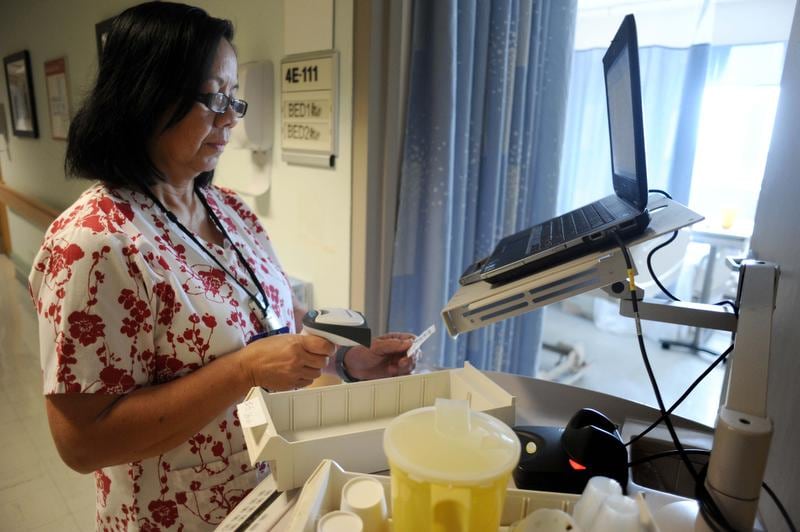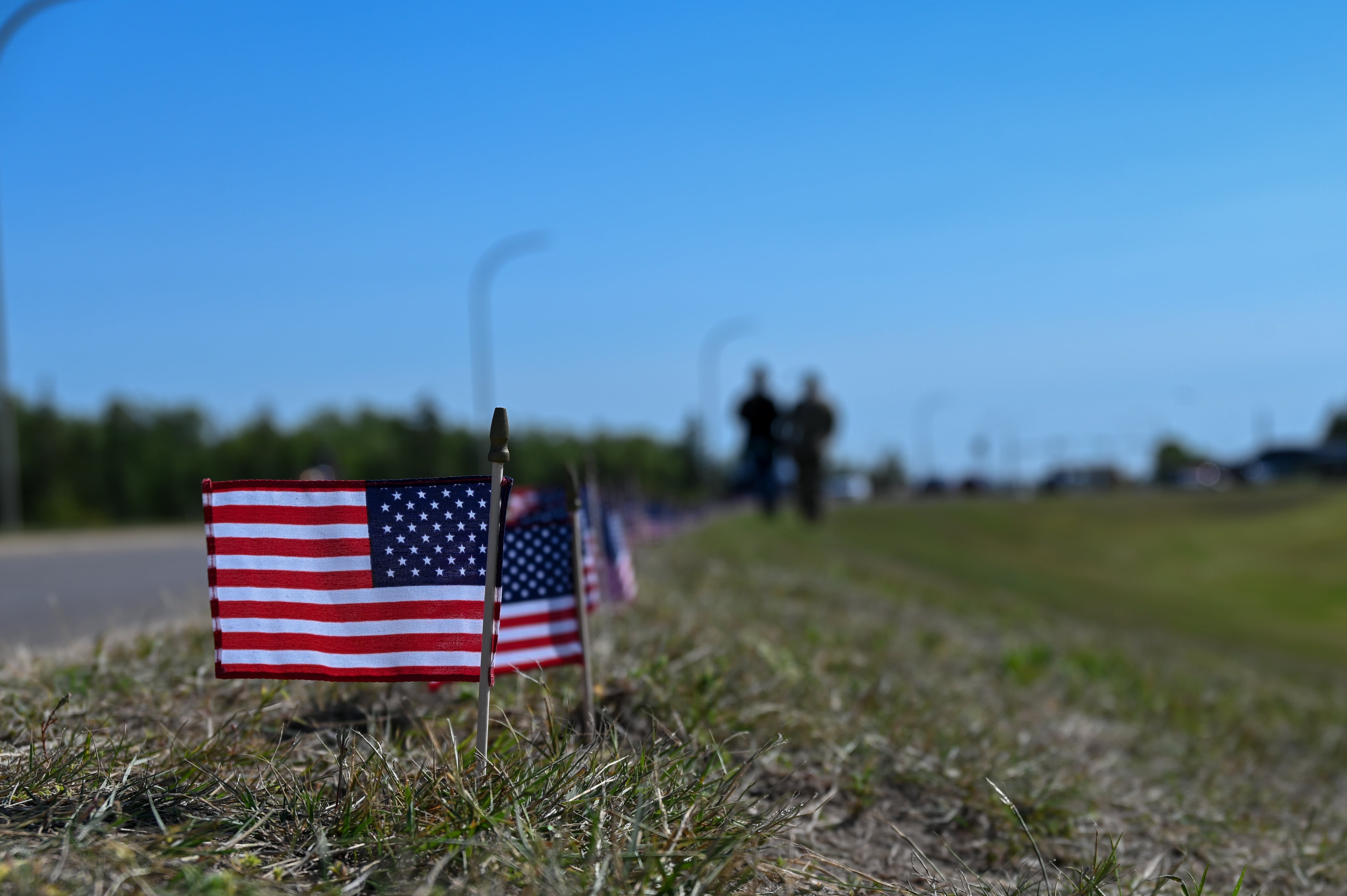Anyone who has thrown themselves out of a military plane over the last two decades has likely survived because of J.C. Berland.
As the vice president of engineering at Airborne Systems, the U.S. military’s largest supplier of parachutes, Berland is an artist. His canvas is nylon, a material painstakingly sewn into these lifesaving systems. And he’s so certain of his inventions that he is always the first to test them.
“The prototype could be dangerous for someone who doesn’t know what you’re trying to achieve,” he said. “I wouldn’t forgive myself if I give the first prototype to a member of the team and he or she gets hurt.”
As has been the case with his current role, Berland has spent most of his life with his head in the clouds.
He learned to fly at 16, spent his youth in France building paragliders with his dad, and did 17 years in the French military as a pilot.
Now, his job is to make sure that the thousands of American and allied airborne troops that take to the skies for military missions and training exercises make it safely back down to Earth.
Berland’s unique T-11 parachute design has been in service since 2011. More than 45,000 are currently in use by the U.S. military and 70,000 worldwide. The T-11 Gen2 is currently in testing with the U.S. Army.
The parachute’s square design is 25x25 feet and comprises three sections: the T-11 main canopy, the T-11R reserve canopy, and the T-11 harness. This 53-pound system is made to hold weight ranging from a 5th percentile female service member through a 97th percentile male.
“There is no parachute in the world that looks like this,” Berland said. “There is no parachute in the world that behaves like this parachute.”
Moreover, the T-11 isn’t meant for expert parachutists. It’s designed so that any troops with mild training can still make it to the ground in one piece and with the gear they need.
Airborne Systems has manufacturing plants in both New Jersey and California. The factory itself is a rainbow wall of threads, industrial sewing machines, and gray nylon running the length of the room. The workers carefully analyze stitchwork at their stations by hand.
Though some of the systems are automated, each step of the process must be monitored to ensure near perfection. If a single seam doesn’t line up anywhere in the sewing process on a parachute, the whole thing is ruined.
“It’s life or death,” Berland said. “Quality is paramount here, you know, it’s not like we’re making underwear — it’s something that somebody is relying on.”
Sarah Sicard is a Senior Editor with Military Times. She previously served as the Digitial Editor of Military Times and the Army Times Editor. Other work can be found at National Defense Magazine, Task & Purpose, and Defense News.





